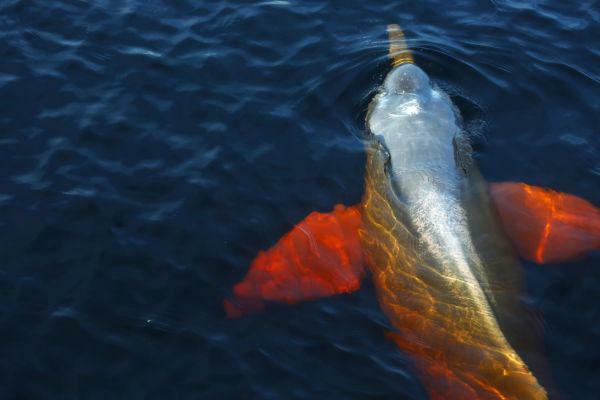THE Amazon it is the largest rainforest in the world. It is present in eight countries in South America: Brazil, Suriname, Venezuela, Guyana, Colombia, Ecuador, Peru and Bolivia, in addition to the territory of French Guiana. This forest had an extension of more than five million square kilometers. However, the intense deforestation process has drastically reduced the original area.
The exploitation of wood, the installation of large agricultural farms and mining are largely responsible for deforestation in the Amazon. This fact generates several environmental disorders on a global scale, which reinforces the discourse of developed countries, in especially that of the United States, on the need for internationalization of the forest that has the greatest diversity of the planet.
The Legal Amazon (part of the forest located in Brazilian territory) corresponds to 64% of the entire Amazon forest. The country is one of the main responsible for the destruction of the forest, the states where the most deforestation is: Pará, Mato Grosso, Amazonas, Rondônia and Maranhão. Given this scenario of destruction, preservation measures must be urgently carried out.
Currently, Brazil has, as far as possible, made some efforts to preserve the Amazon, the result was positive, as in 2009, the federal government released data on a survey carried out in the forest (between August 2008 and July 2009) that deforestation in this period was the lowest in 21 years, being 46% lower than that carried out in the same period from 2007 to 2008.
Do not stop now... There's more after the advertising ;)
According to the National Institute for Space Research (INPE), since the beginning of the use of PRODES (system of to monitor deforestation in the Amazon), in 1988, this was the lowest rate of deforestation recorded in the Legal Amazon. 7,008 square kilometers were destroyed in the period from 2008 to 2009. The Minister of the Environment, Carlos Minc, believes in the possibility of Brazil achieving, in 2020, a 95% reduction in deforestation compared to the previous decade.
Among the main factors cited by the Ministry of the Environment for this reduction in deforestation in the Amazon are:
- Intensification of inspection operations;
- Repression of lumber companies, land grabbers and ranchers;
- Restriction of credits for violators of environmental laws;
- Preparation of a list containing the municipalities in which most deforestation occurs;
- Performance of Non-Governmental Organizations (NGOs);
- The financial crisis in 2008, reducing commercial transactions.
However, this data is disputed by some environmentalists as they argue that the images of satellite do not capture the entire Legal Amazon, therefore, in some areas it is not possible to detect the logging.
Brazil, even if slowly, is moving towards the elaboration and execution of policies for environmental preservation, and there must be commitment of governments and civil society for the preservation of the world's forest, considered the largest and richest in biodiversity.
By Wagner de Cerqueira and Francisco
Graduated in Geography
Brazil School Team
Would you like to reference this text in a school or academic work? Look:
FRANCISCO, Wagner de Cerqueira and. "Reduction of deforestation in the Amazon"; Brazil School. Available in: https://brasilescola.uol.com.br/brasil/reducao-desmatamento-na-amazonia.htm. Accessed on June 27, 2021.


